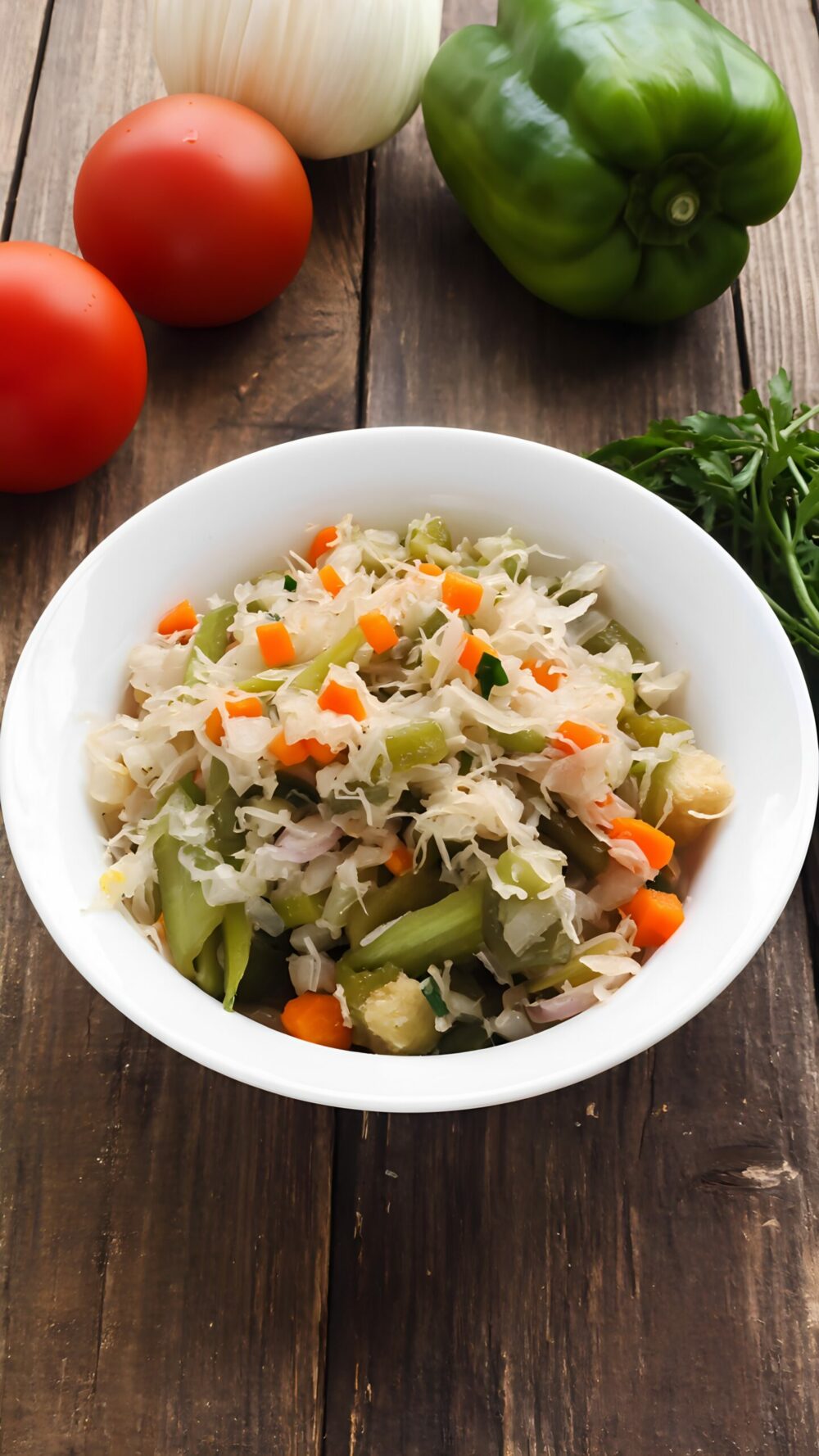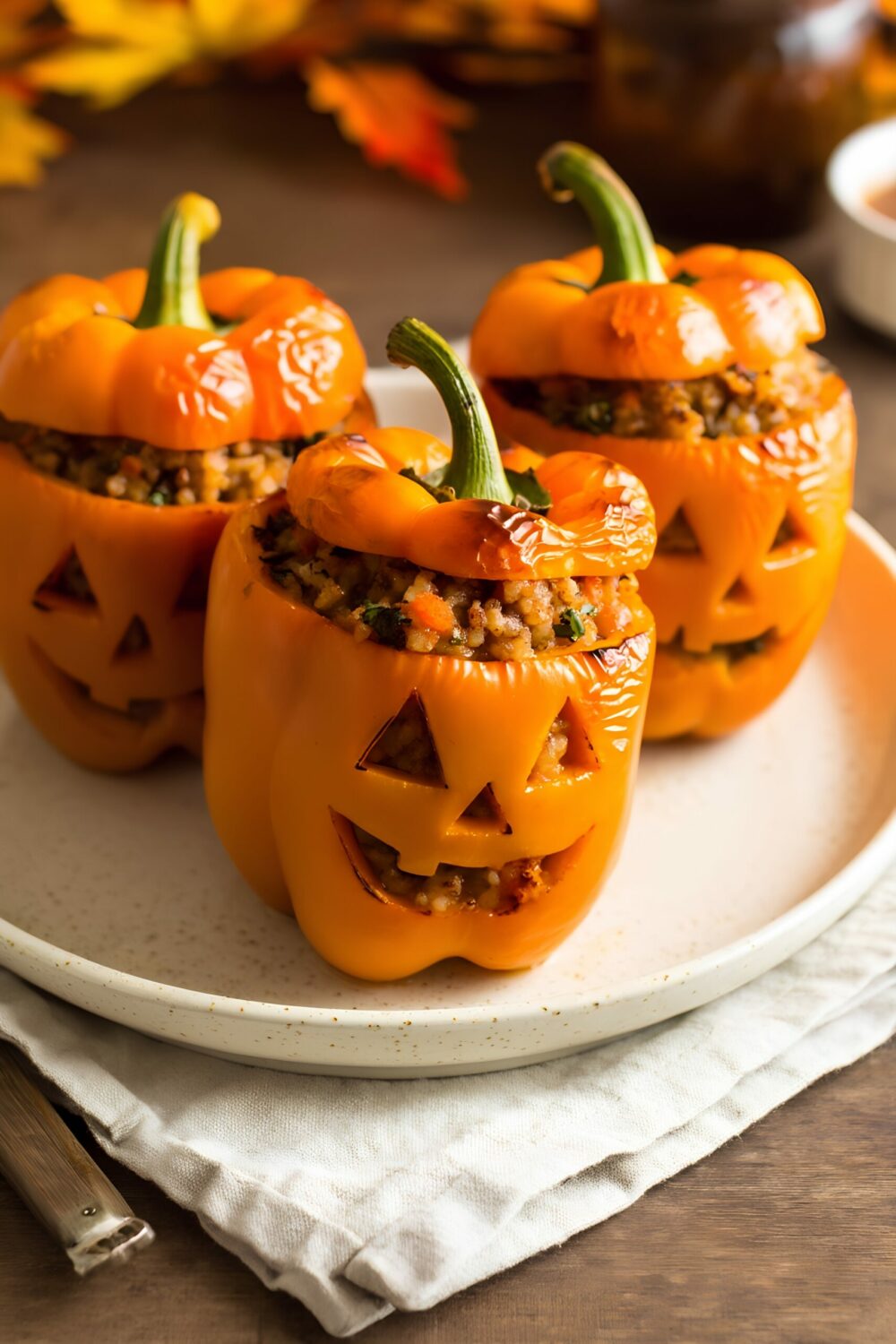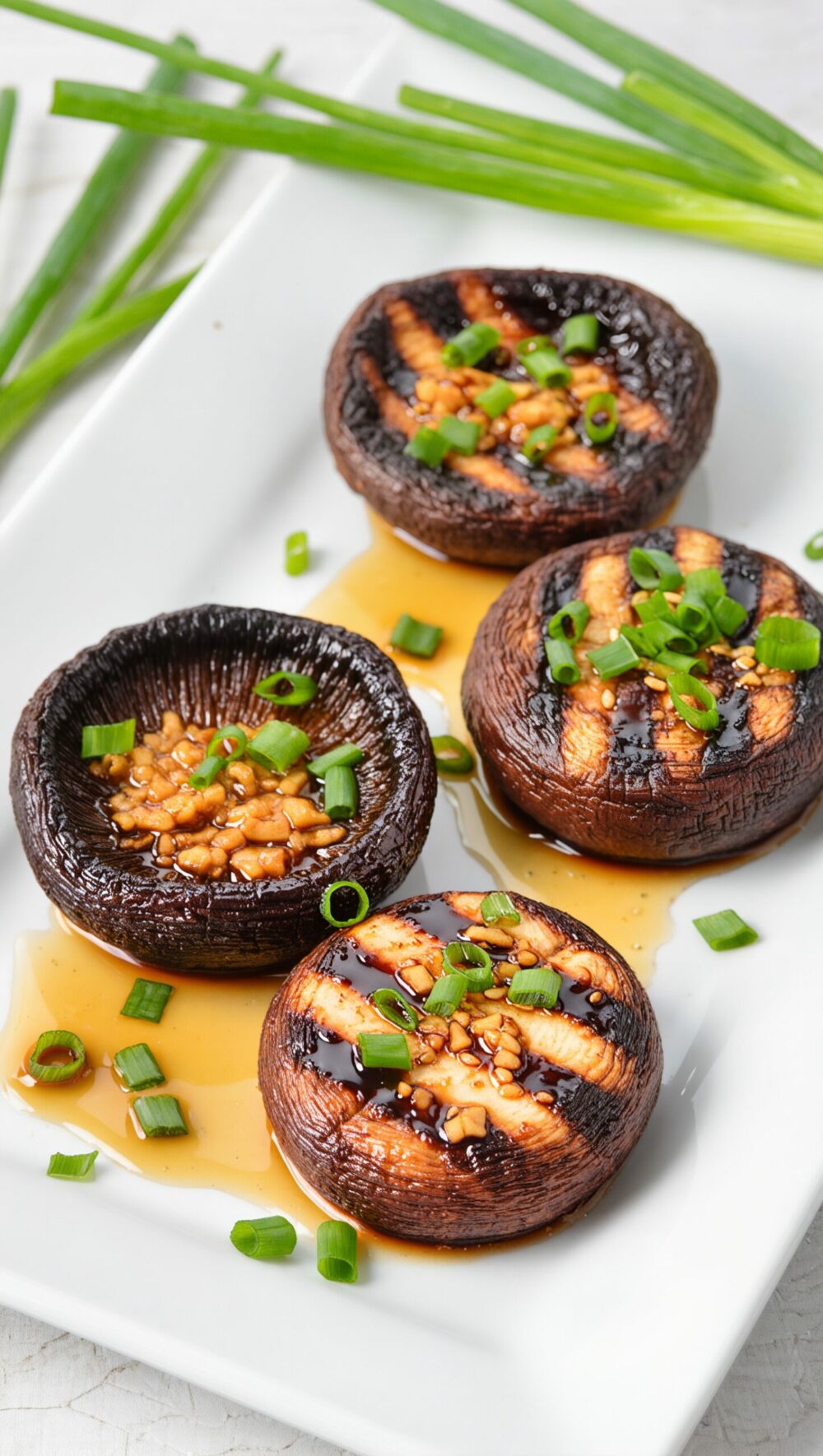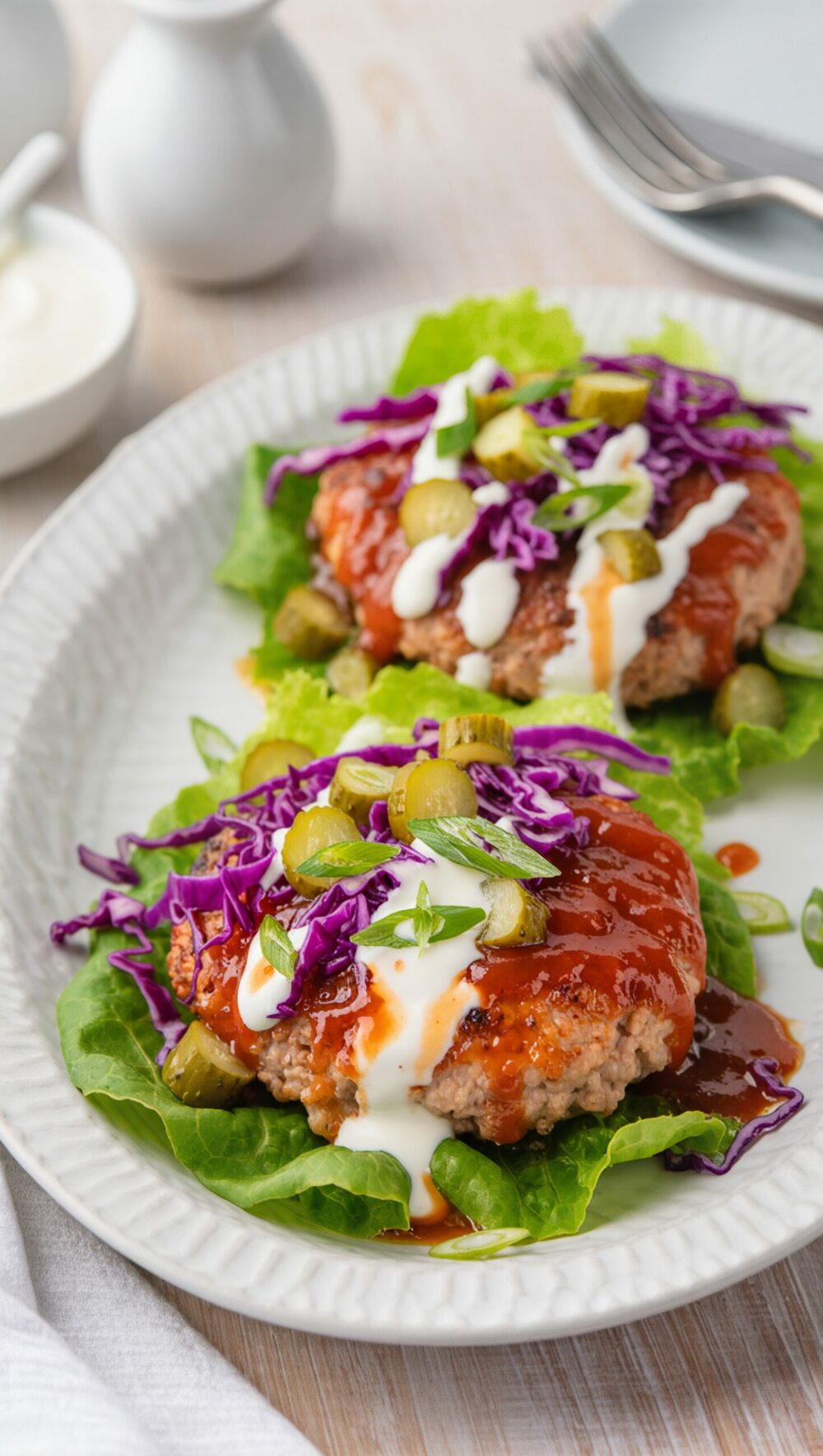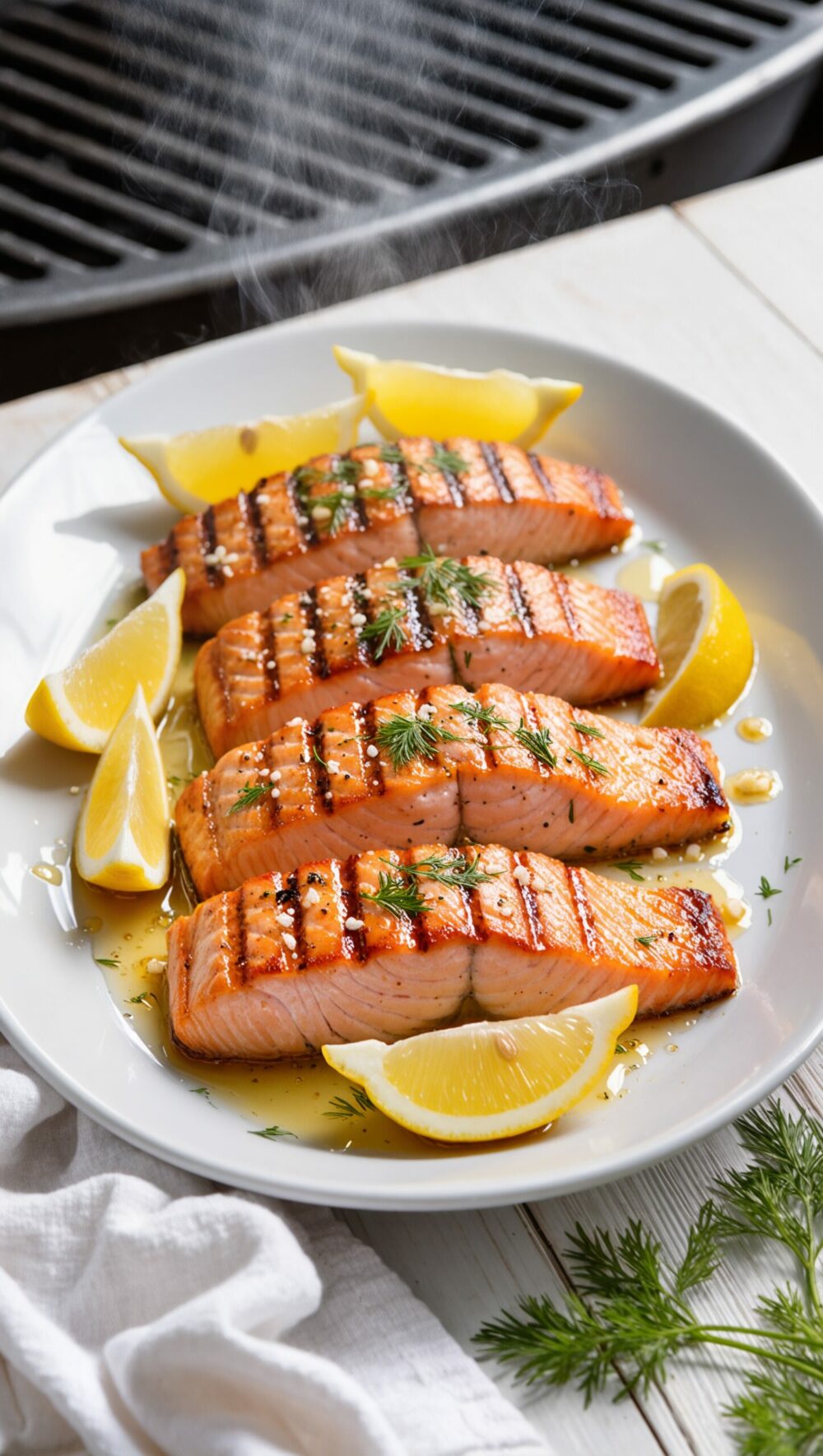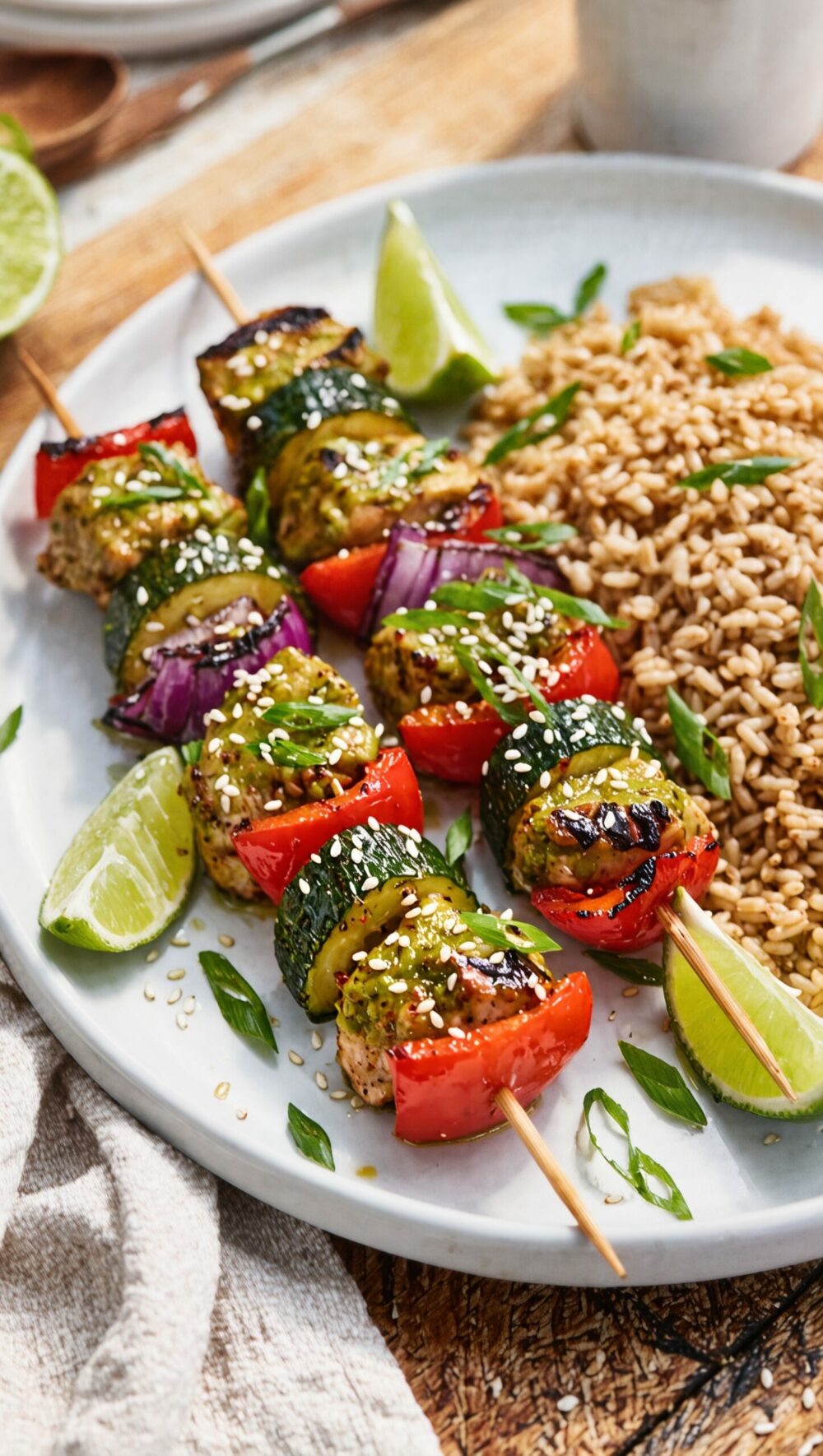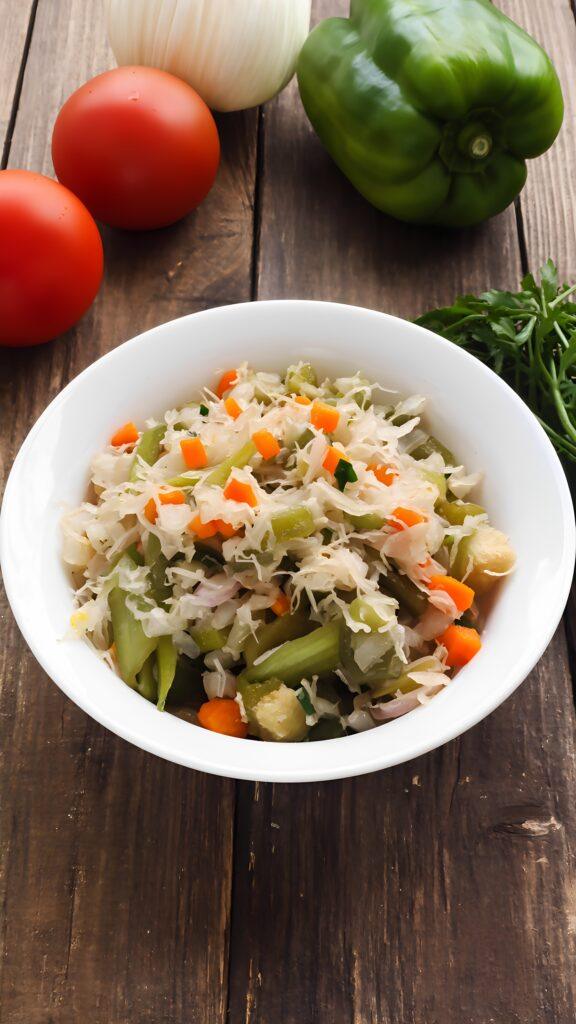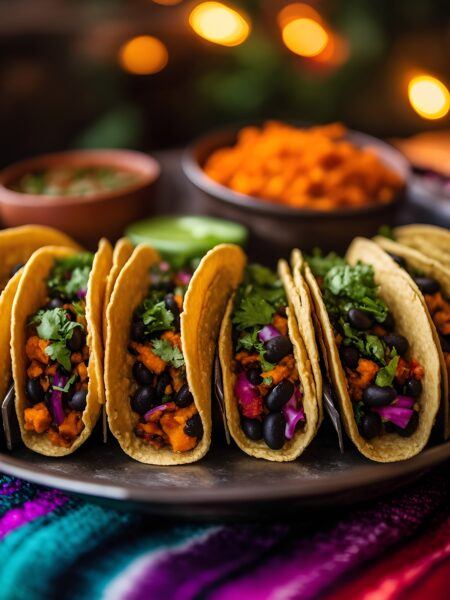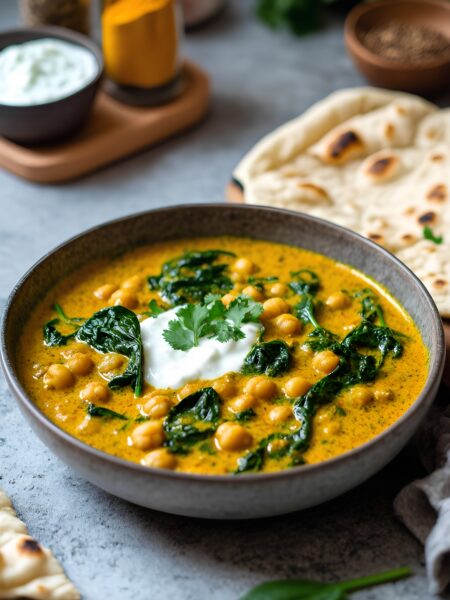A Classic Sauerkraut & Veggie Bowl is a delightful fusion of tangy sauerkraut and vibrant vegetables, offering a nutritious and satisfying meal. This dish is a tribute to the harmony of flavors and textures, creating a bowl that is both comforting and refreshing.
Origin and History
The origins of sauerkraut can be traced back to ancient times, with its roots deeply embedded in Eastern European and German culinary traditions. Fermentation, the process through which sauerkraut is born, was a crucial method for preserving cabbage during harsh winters. This age-old technique not only extended the shelf life of the humble cabbage but also enriched it with a complex, tangy flavor profile that has been cherished for centuries. Over time, sauerkraut transcended its role as a mere side dish, becoming a beloved ingredient in various global cuisines.
Unique Ingredients and Flavors
The Classic Sauerkraut & Veggie Bowl introduces a medley of colorful vegetables, each bringing its unique character to the table. Carrots add a touch of sweetness, while bell peppers contribute a pop of color and a slight crunch. The star of the dish, sauerkraut, infuses the bowl with its signature tanginess, perfectly balancing the flavors. A sprinkle of caraway seeds adds a subtle hint of earthiness, elevating the overall taste. The interplay of these ingredients results in a dish that is as visually appealing as it is delicious.
Cooking Techniques
Creating this dish involves a dance of techniques that ensures each ingredient is highlighted to its full potential. Lightly sautéing the vegetables retains their vibrant colors and crisp textures, while the sauerkraut is gently warmed to release its flavors without overpowering the dish. The secret to achieving the perfect balance lies in the timing and order of adding each component, allowing them to meld together harmoniously. This method not only enhances the taste but also maintains the nutritional integrity of the ingredients, making it a wholesome meal option.
Classic Sauerkraut and Veggie Bowl for Gut Health
Description
Enjoy a healthful mix of sauerkraut and seasoned veggies in this hearty bowl. It's a zesty, nutritious delight packed with probiotics and vitamins.
Ingredients
Main Ingredients
Instructions
Preparing the Ingredients
-
Gather and Prep Your Veggies
Start by washing and slicing your favorite mix of fresh vegetables. Think vibrant bell peppers, hearty carrots, and crunchy cucumbers. Aim for a delightful mix of colors and textures.Feel free to include any seasonal veggies you love. The fresher, the better! -
Rinse the Sauerkraut
Take your sauerkraut and give it a quick rinse under cold water. This helps to mellow its tanginess, making it a perfect companion for your veggies.Don't over-rinse; you still want some of that classic tangy flavor to shine through.
Cooking the Grains
-
Cook Your Choice of Grains
Choose a hearty grain like quinoa or brown rice. Cook according to package instructions until tender. Fluff with a fork and let it cool slightly.Cooking the grains in vegetable broth can infuse extra flavor into your bowl.
Assembling the Bowl
-
Layer Your Bowl
In a wide bowl, start with a base of your cooked grains. Layer on the sliced veggies and top with a generous helping of sauerkraut.The layering is key to ensuring each bite is a balanced explosion of flavor. -
Add the Finishing Touches
Drizzle with olive oil and sprinkle with fresh herbs like parsley or dill for a burst of freshness. Season with salt and pepper to taste.A squeeze of lemon juice can brighten up the flavors even more.
Note
To enhance the flavor, toast the caraway seeds before adding them to the sauerkraut. For a deeper umami profile, consider sautéing the onions and garlic until golden before combining with other ingredients. For a crunchy texture, don’t overcook the veggies; a quick stir-fry will ensure they maintain a pleasant bite. If you prefer a milder sauerkraut, rinse it under cold water before use, but keep in mind this reduces some of its probiotic benefits. For a creamier consistency, add a dollop of plain yogurt or a splash of coconut milk just before serving. To make it heartier, toss in some cooked quinoa or lentils. For a spicy kick, a pinch of red pepper flakes or a dash of hot sauce can do wonders. If you’re avoiding gluten, ensure that all added condiments and sauces are gluten-free. Store leftovers in an airtight container in the refrigerator for up to three days. Reheat gently to maintain the crispness of the vegetables.

